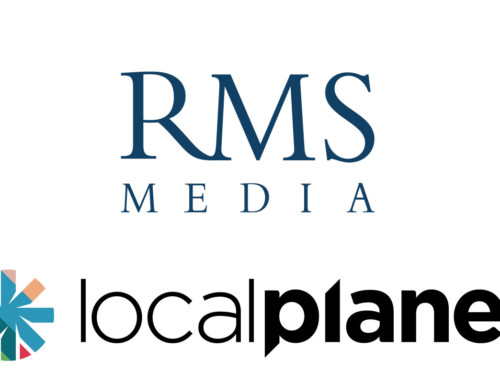The impact of fragmentation of TV Audiences / The Rise of Digital
By Rob Smuts
How long will television continue to take the lion’s share of advertising spend in our South African market? How will the fragmentation of TV impact media decision-making?
Recently released Internet Advertising Bureau and PwC data on advertising spend in the UK indicate total UK digital ad spend went up 15% year-on-year to £6.3bn in 2013. Mobile ad spend doubled to break the £1bn mark and now accounts for £1 in £6 of digital advertising in the UK.
Video advertising on the internet grew by 62% year-on-year to £324.9 million. (Video now accounts for 18% of all online and mobile display advertising in the UK.)
In contrast, when it comes to traditional television, ThinkBox reports that in the UK, TV ad revenue reached a record high of £4.63bn during in 2013, a year-on-year increase of 3.5%.
Digital media advertising is thus bigger, in total, than advertising spend on television in the UK. This situation looks set to continue. Group M expects television to garner a 26.3% share of all advertising spend in the UK in 2014, while the internet should achieve a 47.6% share.
Locally in South Africa, for the first time in 28 years — since comprehensive studies of media inflation began — television recorded negative rate inflation. This means television advertising cost per unit is going down, rather than up.
But does this mean demand for television in decline? No. Is television viewership waning? No. So why are we experiencing television rates going down? The reason is fragmentation of TV.
Although the audience fragmentation of TV phenomenon has been spoken about for a while, it’s now a reality. Opportunities to watch television and therefore the medium’s audiences, continue to fragment at great pace. Digital television is allowing people to be more in control of what they watch and when, similar to the internet itself.
DStv’s revenue model is based on subscription revenue. Advertising income provide additional income for shareholders, but it’s not the main revenue stream for pay television. This can explain the accelerating growth of dedicated channels and viewing options on this platform. (We’ve even seen a dedicated “pop-up” channel for the Pistorius trial!)
In addition to many new channels MultiChoice continues to add to its various DStv bouquets, existing channels are dividing and multiplying. For example, both kykNET and M-Net Series have split into three separate platforms. This aids fragmentation of TV.
How does this fragmentation of TV affect advertisers’ ability to reach defined audiences? For a start, audience measurement ratings will go from fractions of a percent to fractions of fractions of a traditional television rating. One can question whether any form of useful television audience data — no matter who does the research — will ever be available to advertising media planners again.
DStv is also no longer the only pay television company active in our local marketplace. StarSat, the replacement for Top TV, has been hard at working building a viable subscriber base. But at this time it does not appear to be a game changer.
In the free to air television space e.tv has launched OpenView HD, delivering an additional 18 channels to the market, with more to come. There is also the move from analogue to digital terrestrial television transmission to consider.
In the internet television arena, over-the-top services such as Apple TV, Amazon’s Fire TV, Roku and Android TV can in future also contribute to people watching more television via broadband on their existing television sets. This is another important factor in the fragmentation of TV.
The result of these driving forces is massively fragmented television audiences. Advertising rates per television spot, in most instances, will have to decline in order to remain competitive. Will investment in television continue to grow, with planners scheduling exposure across many more environments? Or will astute strategists cover select key bases and reinvest perceived “savings” online? I suggest the latter.
But can the digitization and resultant fragmentation of television audiences accelerate the demise of traditional broadcast television as a primary medium? If the current growth rate in internet television in the USA is an indication, it just might.





